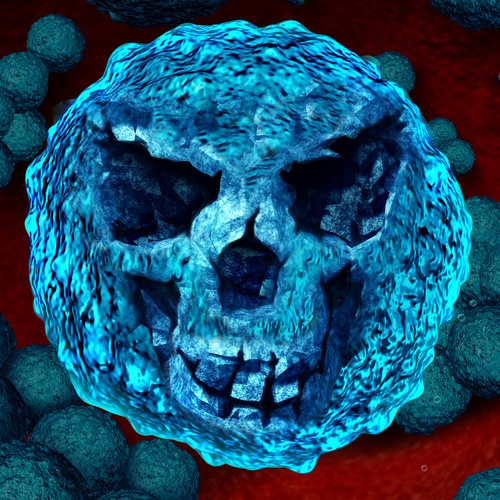Key points from article :
Antibiotic that can simultaneously puncture bacterial walls and destroy folate, found.
Called SCH-79797, first to target Gram-positives and -negatives without resistance.
“No resistance is a plus from the usage side, but a challenge from the scientific side.”
After several methods, it is proven irresistible, thus the derivatives name, Irresistin.
Also killing most resistant strain of N. gonorrhoeae, which is among the top 5 urgent threats.
The original one killed human cells and bacterial cells at roughly similar levels.
In medicine, this means it ran the risk of killing the patient before it killed the infection.
The derivative Irresistin-16 fixed that, shown curing mice infected with N. gonorrhoeae.
Uses two distinct mechanisms within one molecule, like an arrow coated in poison.
Arrow targets outer membrane — piercing through thick armor of Gram-negative bacteria.
While the poison shreds folate, a fundamental building block of RNA and DNA.
Research from Princeton University, published in Cell.





